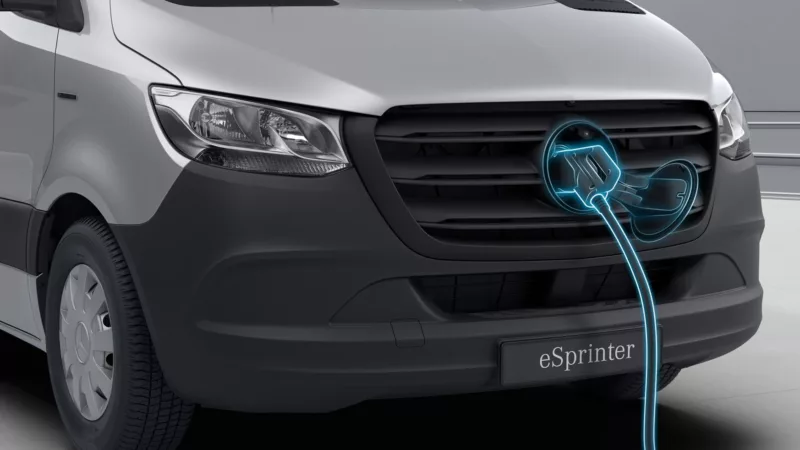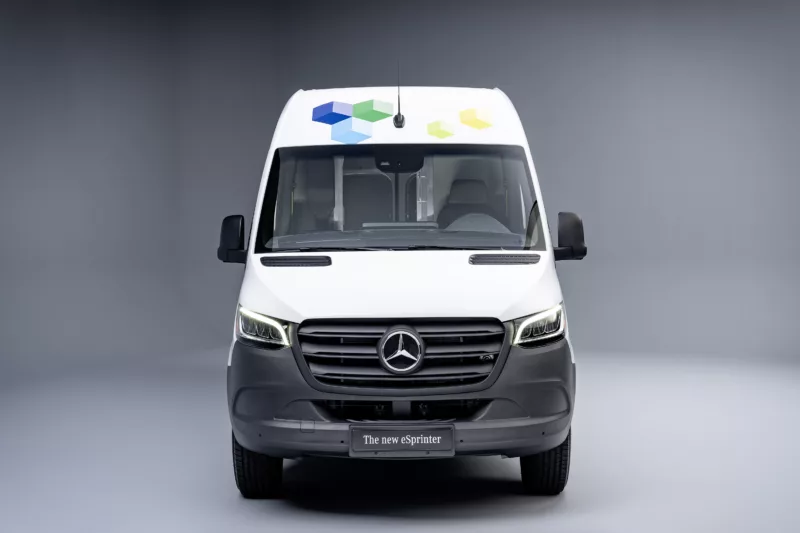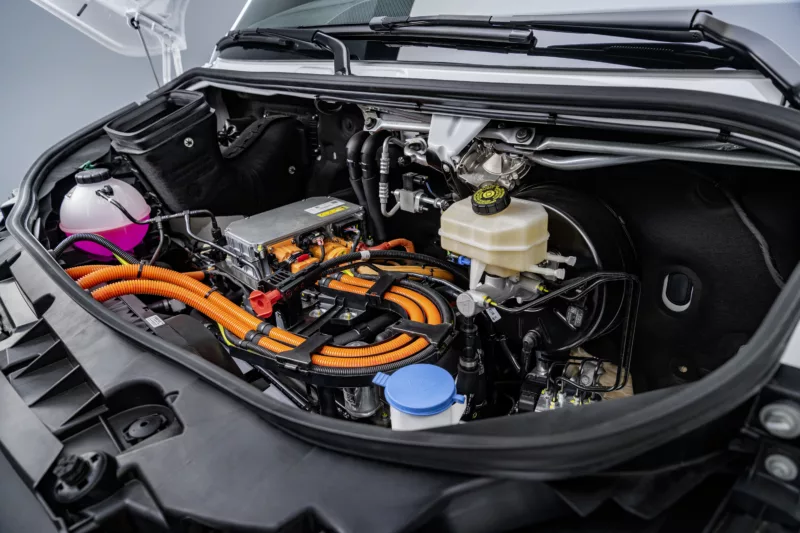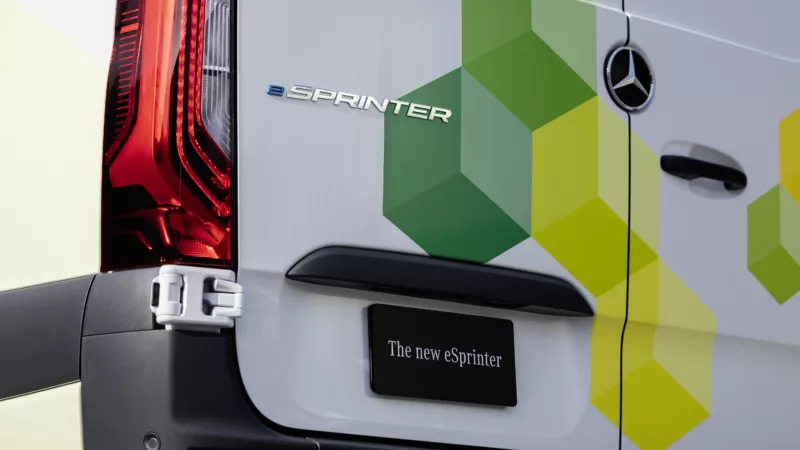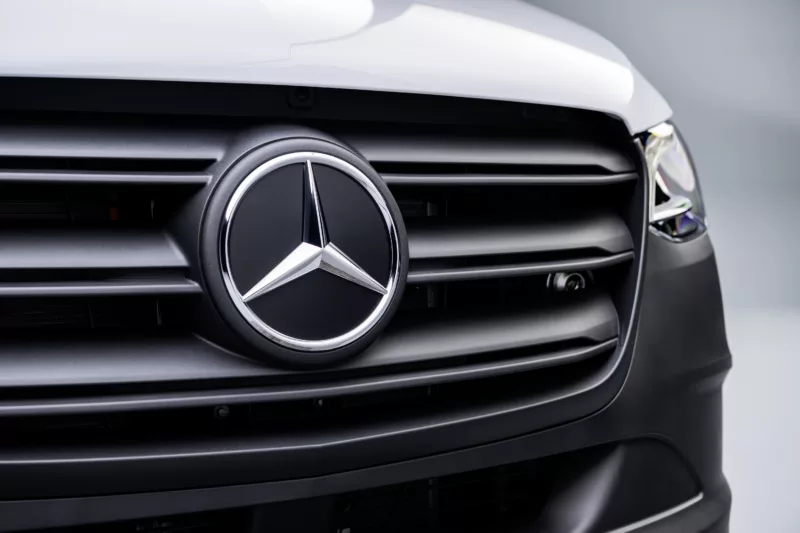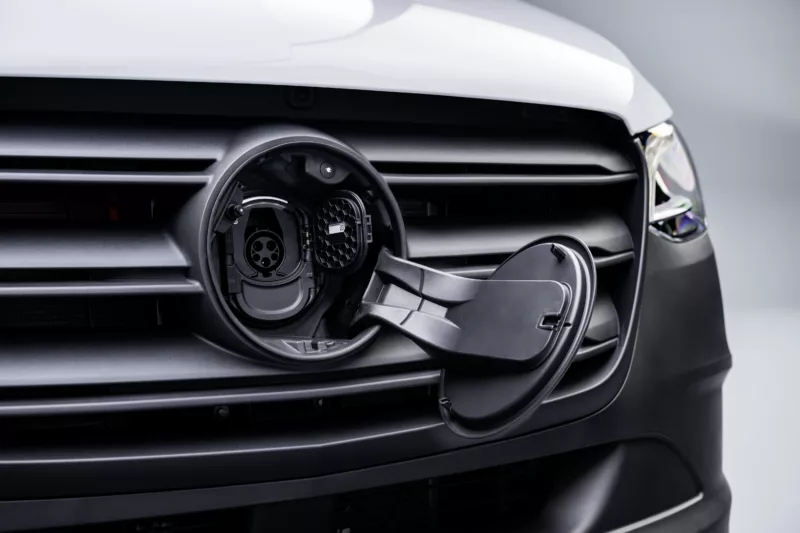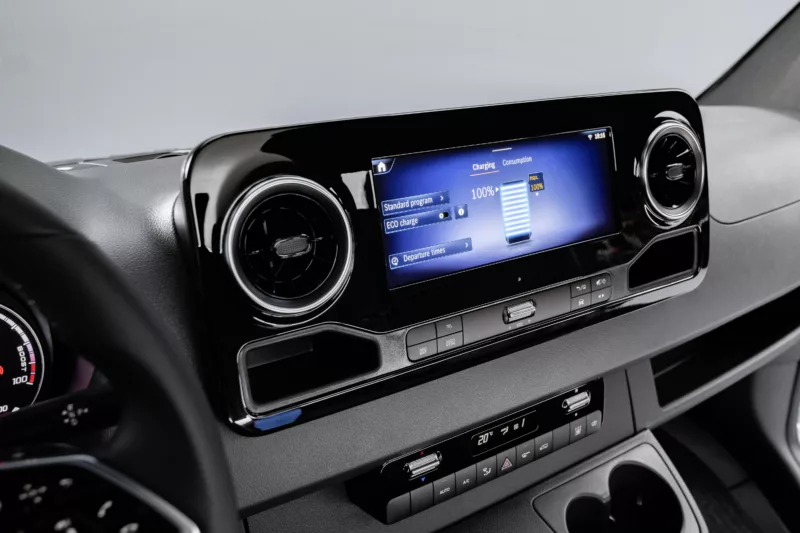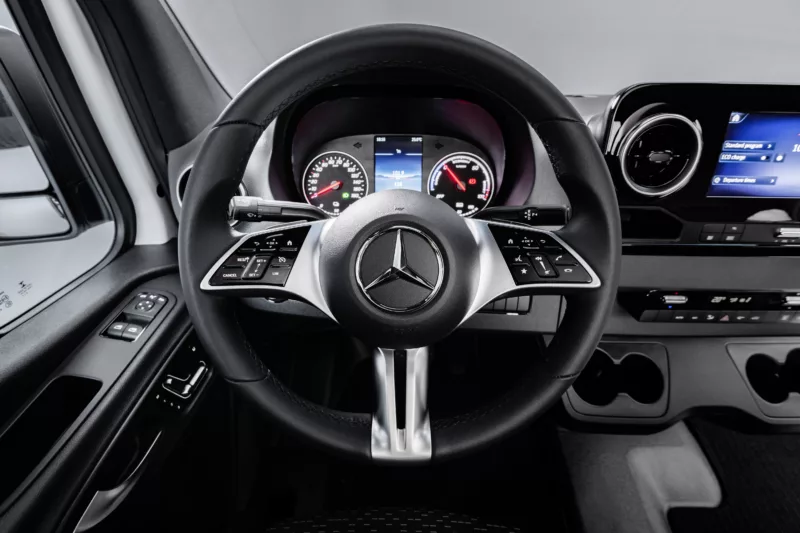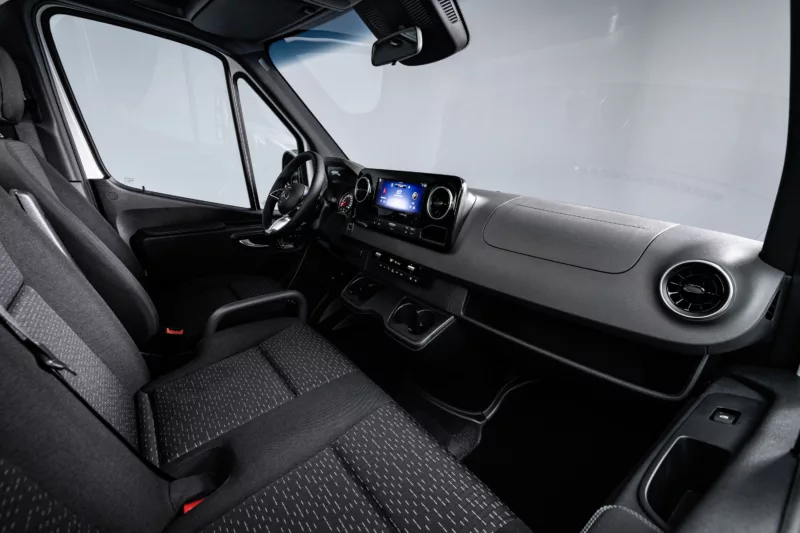We are always on the lookout for innovative and sustainable solutions to enhance the outdoor adventure experience. That’s why we are thrilled to see the upcoming arrival of the all-electric Mercedes-Benz eSprinter!
The Mercedes-Benz eSprinter is the electric version of the popular Sprinter van, designed to cater to the needs of businesses operating within cities and for individuals seeking a versatile and eco-friendly electric van for their road trips. We’ll be discussing the features and capabilities of the eSprinter, as well as its limitations and whether it is the right fit for you and your electrified adventures.
The production of the eSprinter is set to begin in the second half of 2023 in North America and Europe, with the first batch rolling off the production line in the company’s Charleston, South Carolina plant.
Estimated highway range of 248.5 miles and a city range of 311 miles
With a large 113kWh battery mounted under its floor, the eSprinter is estimated to have a highway range of 248.5 miles and a city range of 311 miles based on Europe’s WLTP standard. It will be available in two power options, 134 horsepower and 201 horsepower, and will have “up to” 295 pound-feet of torque. The top speed is limited to 75 mph, and it comes equipped with Benz’s Crosswinds Assist system to ensure stability on windy highways.
The presence of a bigger battery implies Mercedes aims to reach beyond the commercial delivery market. The eSprinter provides 488 cubic feet of cargo space, equal to that of the Sprinter 170 diesel model, and similar to Ford E-Transit’s 487 cubic feet.
The eSprinter is designed to be versatile and practical, much like the traditional Sprinter van. It offers a conventional and spacious interior that is suitable for commercial delivery operations and for those interested in the vanlife lifestyle. The fast-charging capability of the eSprinter may not be its strongest feature, with a standard onboard AC charger of 9.6-kW and a standard 50-kW DC fast-charging capability, which can be increased to 115 kW.
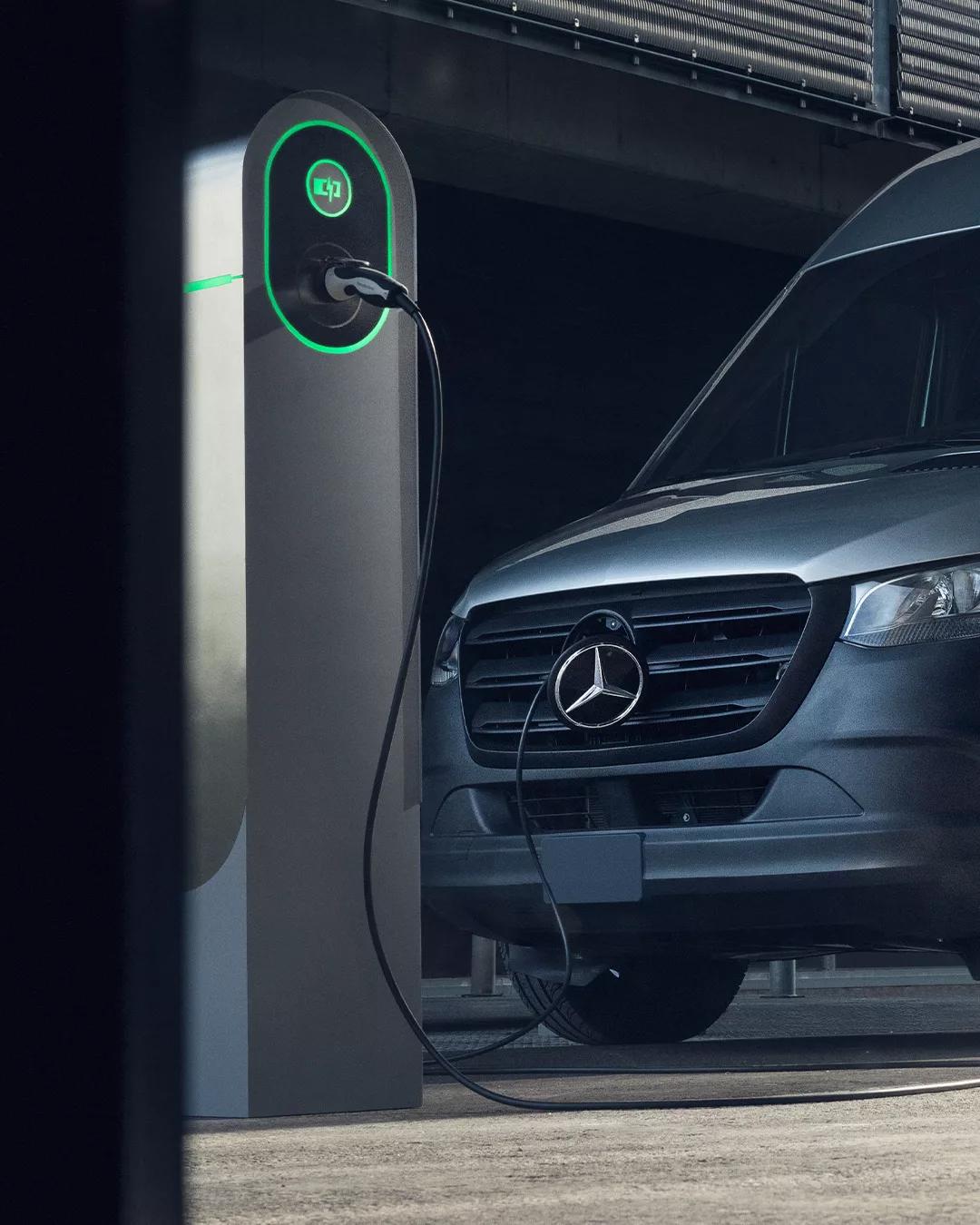
The eSprinter has a higher estimated range than its competitor, Ford’s E-Transit, which only has 126 miles. Even with potential changes in EPA range ratings, the eSprinter is expected to remain a leading option in the market.
42 Minute Charge Time from 10 – 80%
The Mercedes-Benz eSprinter represents an exciting launch into the future of electric vanlife, though it might not be entirely suitable for true cross-country road trips. With a maximum charging rate of 115 kW, it takes approximately 42 minutes to charge from 10 to 80 percent. On a long road trip, the charging time may feel like a significant difference when compared to a quick 5-minute refueling of a traditional diesel Sprinter. Based on our calculations, it would take more than 12 hours of combined charging time just to complete a coast-to-coast road trip, not to mention the added challenge of having to plan the journey around convenient charging stations.
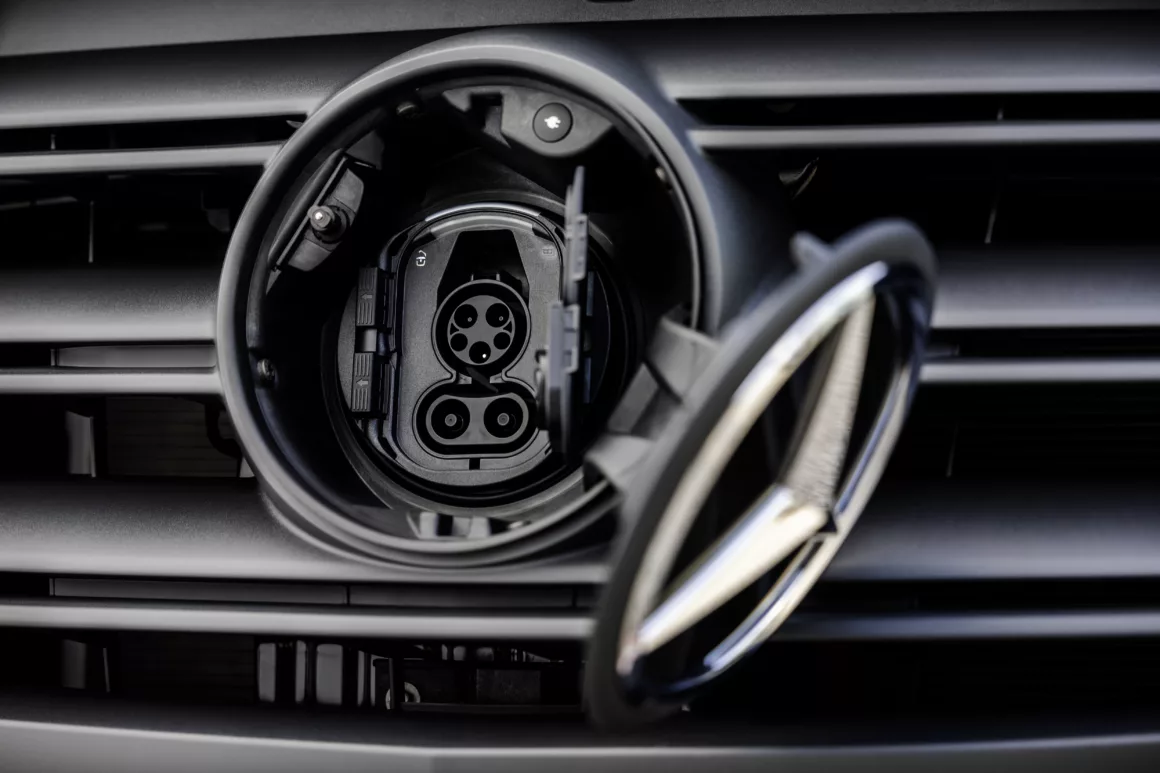
While the eSprinter may be sufficient for shorter trips close to charging stations, it may not fully deliver the freedom of true off-grid roaming. To achieve this level of mobility, the eSprinter’s range would need to be significantly expanded, perhaps to double its current capabilities. Additionally, incorporating alternative charging options like solar power would also be beneficial. The inconvenience of being stranded without access to a charging station and the potential high costs of towing in remote areas, where many towing companies avoid off-road locations, are both factors to consider.
To ensure optimal performance in winter vanlife, Mercedes-Benz Vans conducts thorough testing of its electric vans in extreme weather conditions. The tests focus on handling, ergonomics, thermal management, and cabin comfort in harsh environments like snowy and icy roads, strong winds, and temperatures down to minus 30 degrees. This rigor ensures that the next-gen eSprinter is reliable and capable of handling even the toughest conditions, enabling users to fully enjoy four-season vanlife without worrying about cold-weather battery performance issues common in other EVs.
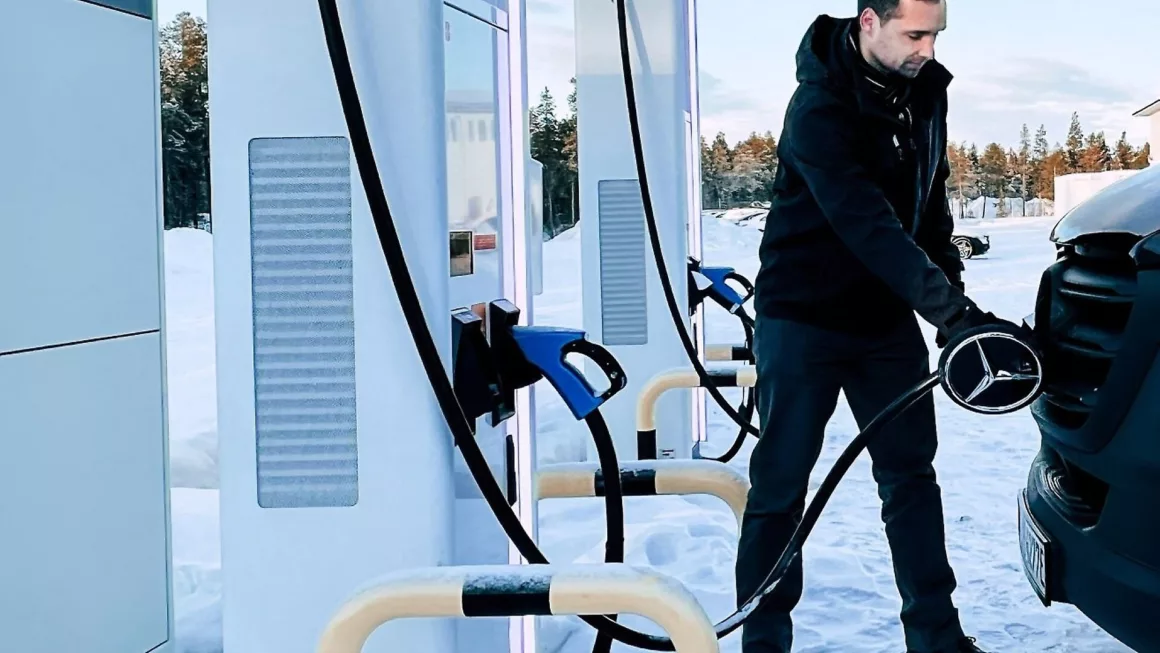
Final Thoughts
The Mercedes-Benz eSprinter is an exciting step towards the future of electrifying vanlife. It is versatile, practical, and designed to cater to the needs of both businesses and individuals seeking a sustainable solution for their road trips. Although its range and charging capability may not be ideal for true off-grid adventures, it is a promising start and we can’t wait to see what the future holds for electrifying vanlife!
